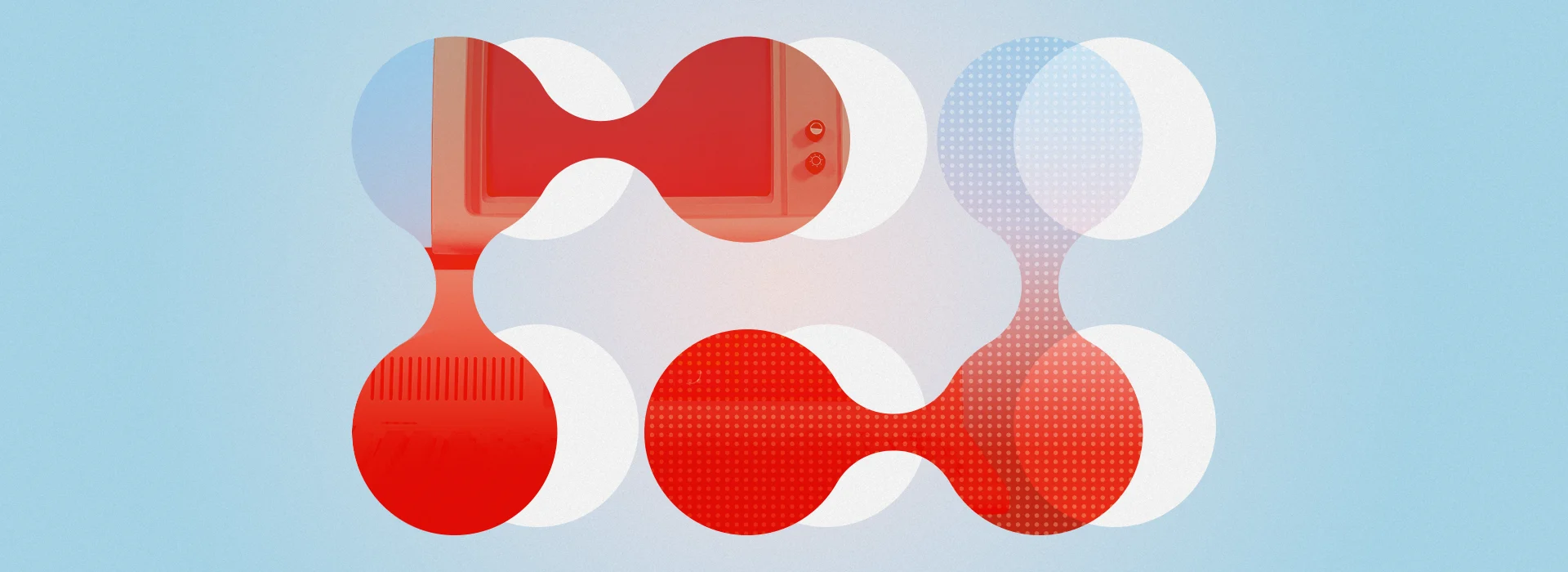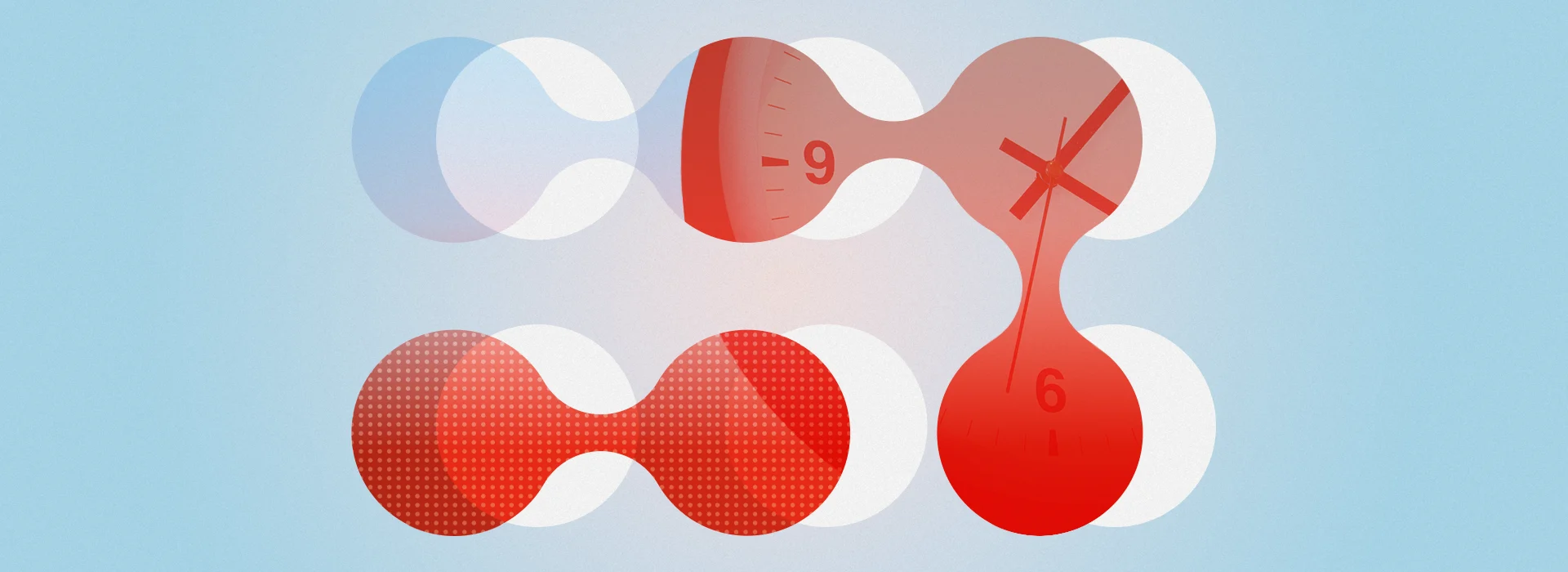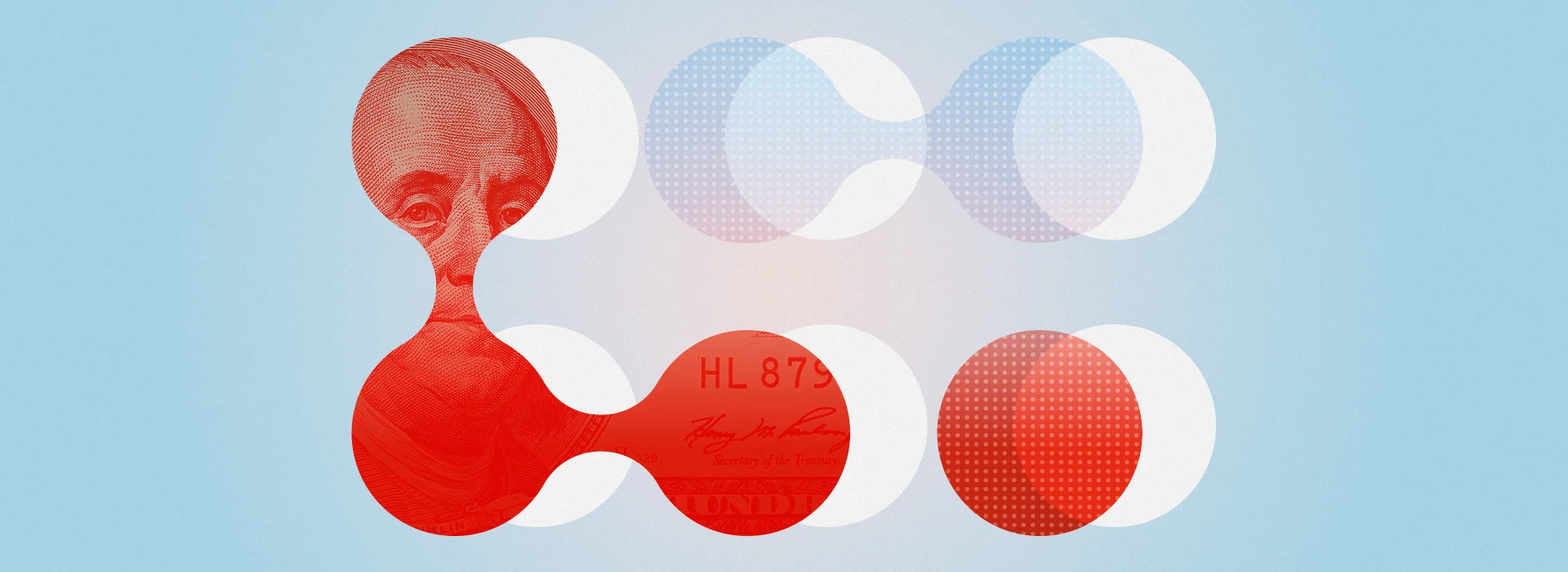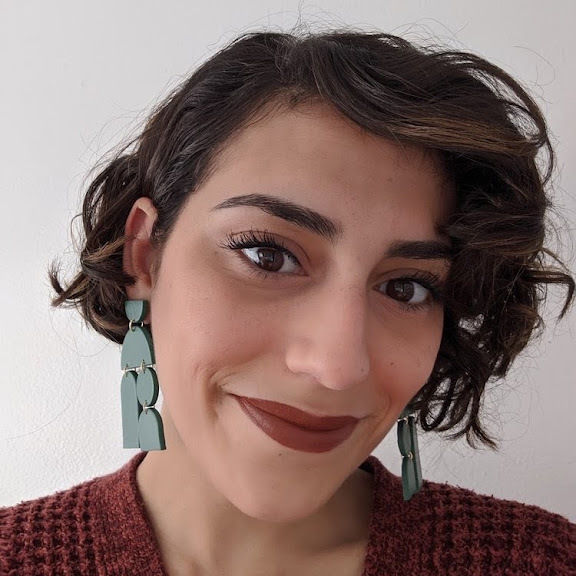We’re drowning in health data
.webp)
My phone’s Apple Health app gives me more meaningful insights than the test results from my doctor’s office. It identifies patterns, nudges behavior, and interprets my health data in plain English.
Meanwhile, my doctor toggles between screens, re-asks questions I just answered on paper, and tries to piece together my health story from systems that weren’t designed to communicate with each other—let alone with her.
This isn’t her fault. It’s the byproduct of a system designed and optimized for billing, not care. While consumer technology continues to evolve, clinical tools are stuck in another decade. And it shows.
The healthcare industry produces 30 percent of the world’s data. Yet, 97 percent of it goes unused. Physicians spend more time clicking through dashboards than connecting with patients. People receive data with no explanation, then Google their way to answers through fear and confusion.
Imagine a healthcare experience where technology takes a backseat—and human connection takes center stage. It’s possible, if we design it that way. And not only will it save lives—it will offer incredible healthcare cost savings, too.

The hidden opportunity in EHRs
Electronic Health Records (EHRs) offer extraordinary promise—in theory. In actuality, they’re a rabbit’s warren of seemingly disconnected information. EHRs weren’t designed to incorporate the constant, streaming flow of data from wearables, continuous glucose monitors (CGMs), and other connected health devices. They were built in a different era, for a different kind of healthcare. My doctor's EHR requires her to navigate through multiple screens just to piece together my complete health picture—information that should be seamlessly connected but is trapped in separate sections.
In contrast, my Apple Health app, which is free and came pre-installed on my iPhone, automatically syncs data from dozens of other apps and devices, surfaces trends, and offers up easy-to-understand insights without me asking. Apple Health was designed for humans; EHRs for billing departments and regulatory compliance.
Connecting the data in EHRs is technically possible, but is often thwarted by a combination of bureaucratic hurdles, proprietary systems, and a risk-averse regulatory environment. The missing ingredient is human-centered design. We need to treat the EHRs as raw materials, not finished products.

Meeting patients where they are
Across our healthcare work, we hear one thing over and over: patients don’t want more data. They want actionable insights.
For a person with type 2 diabetes, a glucose reading of 130mg/dL is just a number. But “Your levels stayed stable after switching to whole grain bread” provides insight. It’s actionable. It sticks. On a recent project, we interviewed a person with type 2 diabetes who asked us, “Why does my doctor get to see this data—but I don’t?” It was a great point. That question prompted us to design a way to turn numbers only doctors would see and understand into plain-spoken, personal insights for patients.
Lead with what matters most. A simple visual cue—trending positive, stable, or concerning—invites deeper exploration. Show the big picture, then let people drill down when they want to.

Making quality care easier for clinicians
“We get 15 minutes per patient,” one doctor told us. “That barely gives us time to talk about labs.” Imagine if patient-generated data appeared automatically where and when it’s needed.
A doctor typically doesn’t need 47 glucose readings. They need to know that “levels are trending down since the patient started taking evening walks, but spike on weekends.” Give them insight, not overwhelm.
Another patient we interviewed with type 2 diabetes also used a CGM but was unsure about what to make of the numbers. We had her test a new prototype that drew inspiration from a traffic light: red numbers required immediate action, yellow signaled borderline readings with clear guidance on how to curb highs and lows, and green indicated that her blood sugar was within a healthy range. “I like this,” she told us. “It’s plain, telling me what I should do.”
Imagine a world where, before a visit, both patient and provider receive contextual insights:
- “Heart failure trending positive—activity up 15 percent this month. Consider reducing dosage.”
- “Your walking routine is working—heart rate variability improved 12 percent since last visit."
- “Medication adherence improving—blood pressure responding well to timing changes, but you’re missing weekend doses.”
Instead of parsing dashboards or reliving symptoms from memory, conversations could focus on decisions, adjustments, and next steps. It would save time during appointments and improve and clarify doctors’ visits for both parties—not to mention patient outcomes.

The economics are begging for better design
Designing for better use of health data isn’t just compassionate; it’s also cost-effective.
By applying human-centered design principles, healthcare systems can streamline processes and improve patient engagement. For example, when a hospital in Oslo, Norway, redesigned its breast cancer diagnosis process using design thinking, it reduced the patient waiting time by 90 percent, thereby decreasing operational costs. At a major New York hospital, redesigning the surgical rounding process helped doctors submit discharge orders nearly an hour earlier and improved on-time surgical case starts by over 20 percentage points. And according to one study, patients treated in hospitals with advanced EHRs cost an average of 9.66 percent (or $731) less than patients in hospitals without them. The ROI is there for everyone paying the price of avoidable care—not to mention the benefit of better outcomes. However, real change runs into real barriers: siloed data, regulatory red tape, and business models that haven’t kept pace.
We need to design for what’s real: the 15-minute appointment, the overburdened clinician, the caregiver toggling between apps, and the patient staring at a number they don’t understand.
That’s the kind of healthcare system people deserve. One where clinicians practice their craft—instead of decoding numbers, asking to see your app, or clicking through broken systems—and patients feel seen, supported, and part of the process.
We’re not there yet. But we know how to design our way there if we remember that providing oceans of health data to drown in is not the end goal. It’s surfacing actionable insights to help patients and providers ride the waves toward greater health and well-being.


Get in touch






